Audio cassette tapes made their appearance in the 1970s when Sony's Walkman was introduced in 1979 and high-performance cassette decks and large boomboxes became widely available in the market.
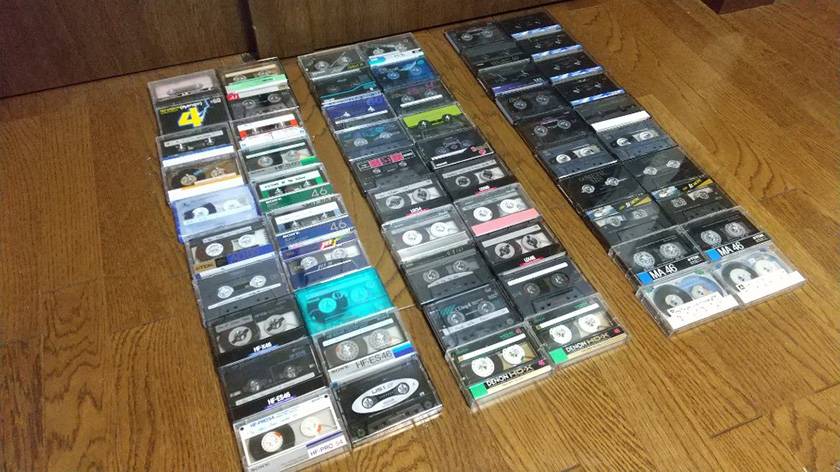
From left to right: regular tape, chrome tape, and metal tape. The tapes are arranged from the back to the front in increasing grade as a guide only.
These tapes were indispensable for live recording indoors and outdoors, language study, karaoke, analog recordings, and recording FM programs, or so-called “air checks".
A wide variety of cassette tapes were sold by various companies because of their affordability, ease of handling, and variety. The types of cassette tapes were classified into (1) normal position, (2) ferrichrome position, (3) chrome position, and (4) metal position.
Cassette tapes have disappeared from electronics stores in town and from 100-yen stores, where they had long been sold. However, they are still sold at major electronics retailers and on the Internet, mainly as normal tapes.
Each tape is often used in different ways based on their respective performance.
- (1) Normal tape
- Normal tape is suitable for vocals and is said to excel in beautiful, clear sound. It is also compatible with any deck. There are many types, from inexpensive to high-end, and they are easy to obtain.
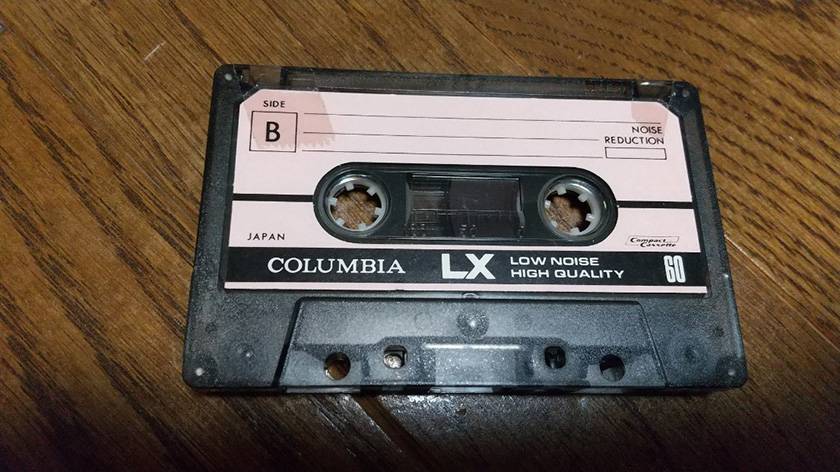
Pink cassette tape made by Columbia. The first one I got; a normal tape that I bought for about 200 yen.
- (2) Ferrichrome tapes
- Ferrichrome tapes quickly disappeared in the 1980s. I have seen them in stores a few times, but unfortunately, I have never purchased one. I also have never used them, only having “FeCr” and the name engraved on the tape selector button on my own boom box. The number of decks that could use it was also limited.
- (3) Chrome tape
- クChrome tape is also called “high position” tape and at the time was often seen at 100 yen stores. It has a more powerful sound than a precise sound, and it is said to be a tape full of power that says, “Let's rock without the details!” It is a tape that is full of power. It is characterized by the power of its low midrange. The price was not so expensive, and there were many products that high school students could buy with their allowance.
- (4) Metal tape
- Metal tape is energetic. When recorded at the optimum recording level, it reproduces the original sound better than other tapes in terms of gloss and fidelity. It is best suited for classical music with a wide dynamic range. It is best suited for recording the subtlety of string instruments, the fullness of wind instruments, and the realistic sound of percussion instruments.
However, it is a luxury tape because it is expensive and the head, which reads the magnetic signal from the tape, has to work harder than other types of tapes. This is a cassette tape that you will appreciate when you want to record your favorite sound sources at a particular moment in time.
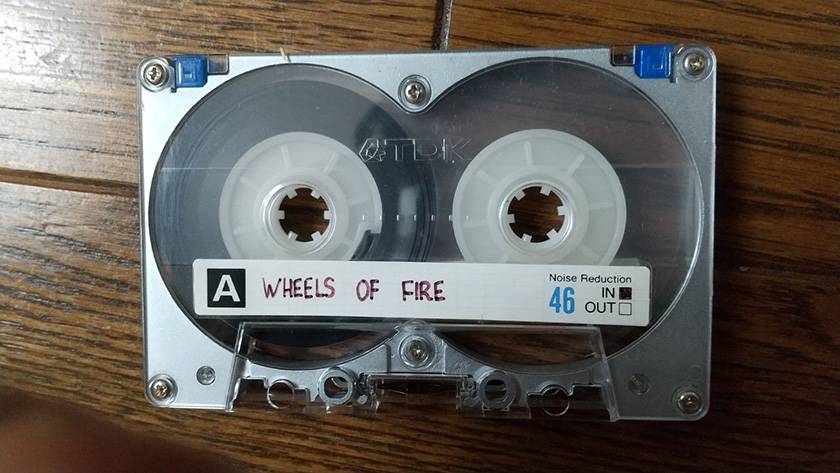
Die-cast frame TDK 46 minute tape. The most expensive metal tape purchased at an electronics store. The tape was heavy, and the anti-record claws could be reset any number of times. It weighed 77 grams, about twice the weight of an ordinary plastic frame.
Tapes were available in recording durations of 30, 40, 46, 54, 60, 70, 74, 80, 90, and 120 minutes, starting with 10 minutes, which was ideal for repetition, mainly for practice. (Some manufacturers had even finer variations.)
46-minute tapes were most commonly used to record LP records, while 74-minute tapes were widely used to record CDs.
It is important to note that all tape recording times are in the same size case, so it is important to know that tapes thicker than 90 minutes are thinner.
In particular, 120-minute tapes are very thin, and repeated fast-forwarding and rewinding can often damage the tape. Conversely, cassette tapes of 46 minutes or less are relatively suitable for automatic song selection.
Personally, I believe that cassette tapes are not as fragile as people say. Storing cassette tapes in high temperature and humidity, such as in direct sunlight, is of course out of the question, but I think it is safe to say that cassette tapes are safe to store in the home. I have more than 1,000 cassette tapes in my possession, and not a single tape has ever been stretched or the case deformed. (at a room temperature of 35 degrees Celsius or less).
There is a story of the extreme.
Seven years ago in the spring, I accidentally put two cassette tapes in the washing machine. Naturally, the tapes were soaked in water. There was no way I could play them. I gave up and tried to throw them away, but they were air-check tapes of my precious memories.
Summer passed, and then autumn... The tapes dried up. I played them back with trepidation, and they came back to life. Please do not imitate or experiment with these two cassette tapes, but I was able to play them back several times only with these two cassette tapes.
Index cards, sold separately, were available on paper for writing title names and song titles. They were available in a variety of designs, and I enjoyed them according to the artist's image. In addition, some music magazines carried photos of artists and record jackets in cassette size, which were a fun way to upgrade one's own cassette case.
In recent years, it has been reported in the media that the number of cassette tape users has been gradually increasing along with the number of vinyl record users. Perhaps i’s the design, handling, and the sound of cassette tapes which makes them seem fresh to young people.
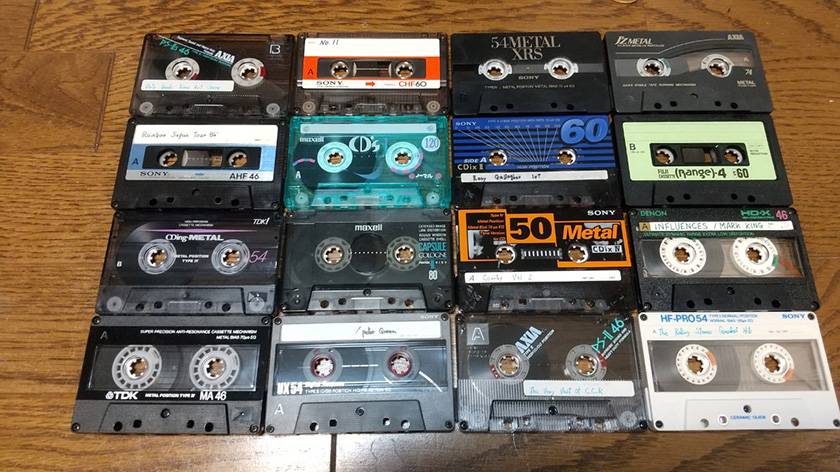
This is only a small introduction. The designs varied from company to company. They were unique.
As mentioned above, cassette tapes can be used normally and the sound quality is reasonably good. In addition, the price of a playback machine is relatively inexpensive, which is not to be overlooked. For 30,000 to 40,000 yen, you can buy a high-level boom box, and some models can be used with SD cards and USB. Furthermore, CD boomboxes are available at electronics mass merchandisers for less than 10,000 yen. This market still exists.
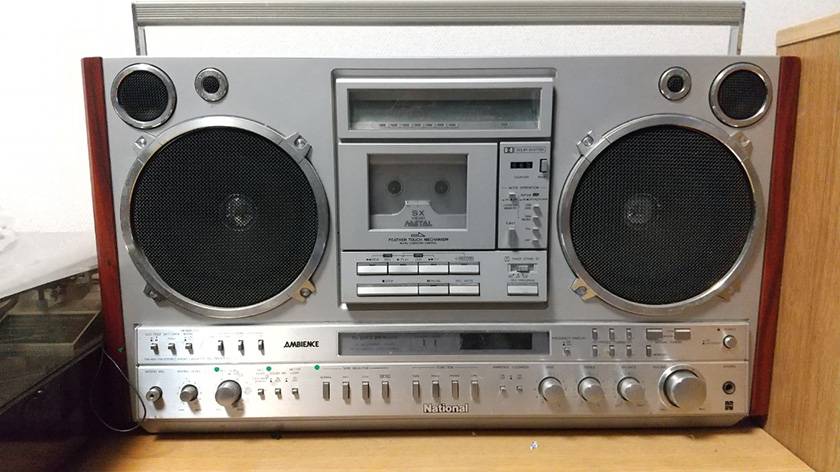
I can't tell you how many times I've had a National Station, the pinnacle of large boomboxes, come in for on-site repair. One time the playback head was worn out and another time the printed circuit board was re-soldered. Another time the entire tape running system was replaced, etc... Even after 43 years, it is still playing full albums. The clear tone from its speakers has also influenced my love of Stratocaster bell ringing.
I used to sell cassette tapes of my own band at live houses. This was because it was easy and inexpensive to make cassettes from master tapes. They were also widely used for promotional purposes by record companies.
Noise reduction systems such as “Dolby” and “dbx” can reduce the cassette's characteristic hissing noise and provide sufficient performance for normal use. These systems are often installed in cassette decks and high-end boom-boxes are equipped with them.
Lastly, I would like to introduce two full-fledged cassette decks that we carry at Sound House.
TASCAM / 202MKVII Double Cassette Deck
In addition to the dubbing function, the key feature of this deck is the ability to easily edit cassettes. You can create your own original tapes, rearrange artists' albums in the order of their live listings, and enjoy a wide range of other functions. Even if one deck should break down, the two decks are reassurance to heavy users. Built-in Dolby B-class. Metal tape playback, up to 20 repeat playback, ±12% pitch control (during playback), and USB digital output function.
TASCAM / CD-A580 v2 CD Player/Cassette Recorder
Capable of playing back tapes from 10 to 90 minutes in length. Pitch control of ±10% is possible, and the ability to dub your favorite CD or USB memory stick to tape is a key feature. Dedicated metal tape playback.
The “sound & person” column is made up of contributions from you.
For details about contributing, click here.





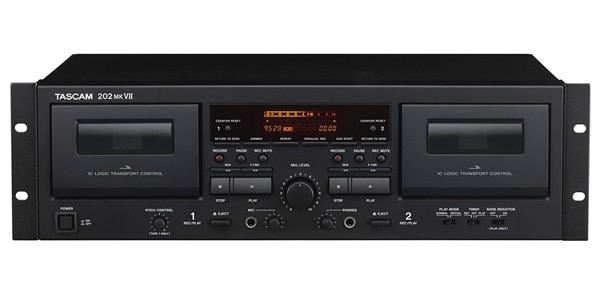
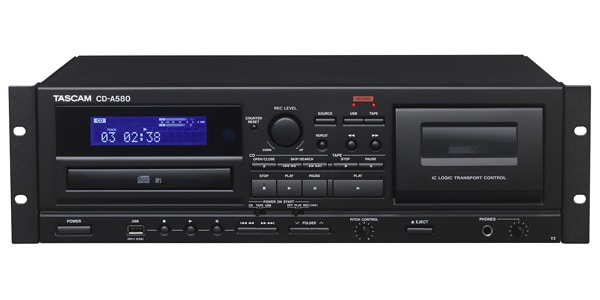








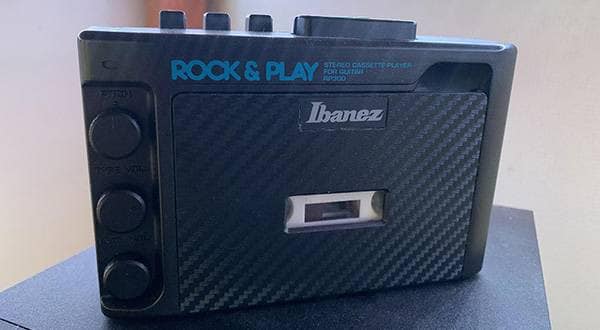
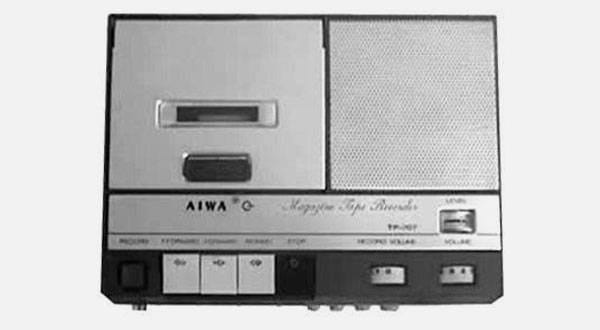
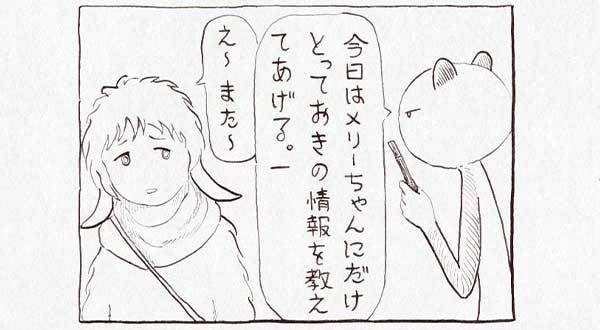
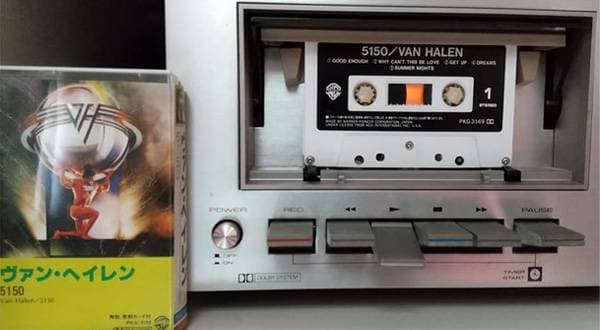
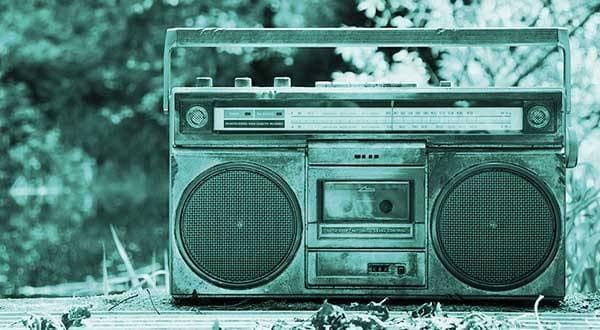
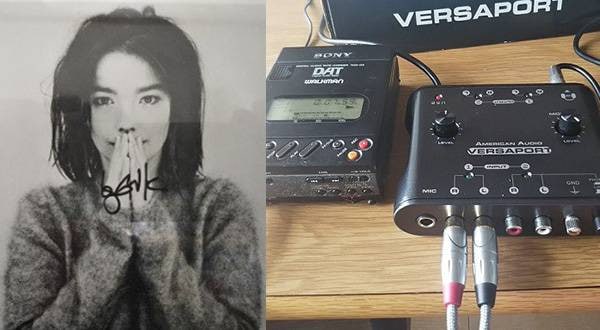
 ZOOMレコーダー 比較表
ZOOMレコーダー 比較表
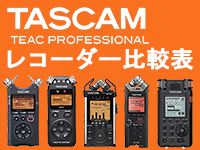 TASCAMレコーダー 比較表
TASCAMレコーダー 比較表
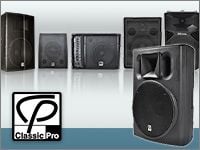 スピーカーの定番 Classic Proのおすすめモデル
スピーカーの定番 Classic Proのおすすめモデル
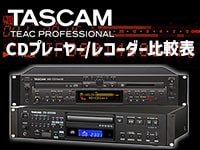 TASCAM CDプレーヤー/レコーダー比較表
TASCAM CDプレーヤー/レコーダー比較表
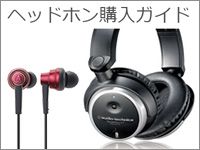 ヘッドホン購入ガイド
ヘッドホン購入ガイド
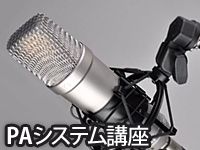 PAシステム講座
PAシステム講座















